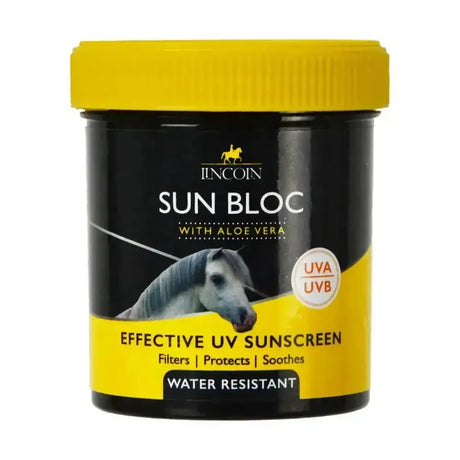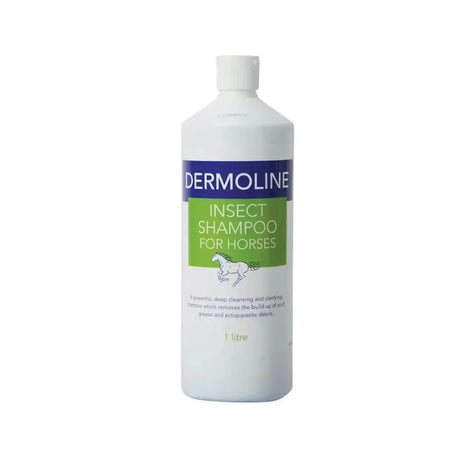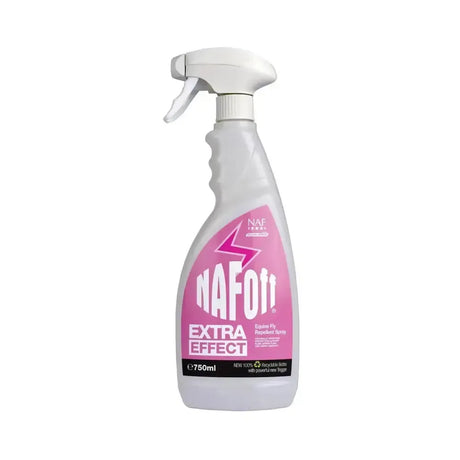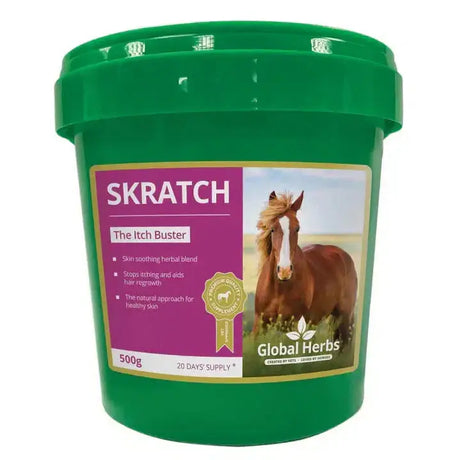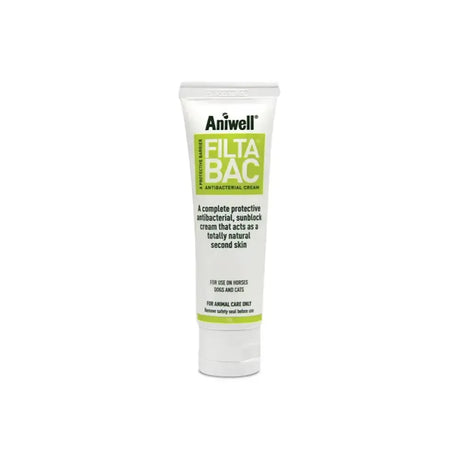Horse Health When Being Transported
Why do we need to move horses?
Horse Transportation Transporting horses comes with significant responsibilities. We may transport our horses for pleasure to be able to ride at a favourite beauty spot or to compete at a particular venue, or it may be a necessary journey for relocation or to attend a veterinary clinic or hospital. To some horse owners, transporting their horse or pony is commonplace and they are well-practised at such journeys – and their horses and ponies are very used to travelling. Other owners (and their horses or ponies!) may be more daunted by the whole process. Horse Transportation
Whatever the reason, it is important to ensure that any horse or pony being transported under your care is fit and well, and that they will not suffer unnecessarily during the journey. Calm, safe, and stress-free journeys should be the aim. Practising loading and unloading safely may be required depending on your horse or pony’s willingness to load. Horse Transportation
How will your horse or pony travel?
Horse Transportation One important first step in the safe transit of your horse or pony is to ensure that the vehicle you will use to transport them in (or tow a horse trailer with) is appropriate for the job in hand and roadworthy. The vehicle must be taxed and have an MOT, and as with any vehicle, regular checks should be performed including checking the tyres, windscreen, lights, steering, brakes, etc.
Horse Transportation
Check the fuel
Horse Transportation Always make sure you have enough fuel for your journey – or that you have planned re-fuelling locations along the route on a long journey. Breaking down with horses or ponies on board can be a dangerous situation for all involved, so taking time to prepare the vehicle as far as possible is always worthwhile.
Horse Transportation
Bedding
Horse Transportation Bedding is a requirement for equine journeys longer than eight hours. However, for shorter trips, the decision of whether or not to use bedding may be influenced by the flooring in your vehicle, whether it will improve the footing for the horses or ponies being transported, and whether those on board have any particular medical conditions, e.g. known skin conditions or respiratory conditions such as equine asthma.
Ramps and fixtures in the vehicle
Horse Transportation Lorry or trailer ramps should be non-slip and no steeper than 20 degrees to allow for safe loading and unloading. If the ramp is steeper than 10 degrees it should also have foot battens and side gates. Fixtures and fittings throughout the vehicle (e.g. partitions, tie-up rings) should be checked regularly to ensure they will not cause injury to those travelling in the vehicle.
Horse Transportation
Ventilation and cleaning
Horse Transportation The vehicle or trailer should be well ventilated during the journey, and free from engine exhaust fumes. Vehicles and trailers should be cleaned out regularly – particularly to allow the floor to be inspected to check for any areas of damage or concern. Ideally, they should also be disinfected between uses (this is a requirement for commercial transporters); the use of a multi-purpose disinfectant, or disinfectant and sanitising fogger is recommended.
Horse Transportation
There are published recommendations available for space requirements per horse, the headroom required, partitioning of horses, etc. during travel. Horse Transportation
How often should you stop along the journey?
Horse Transportation Most journeys we make with our horses and ponies will be relatively short. Unless you are travelling to a competition some distance away or transporting a horse to a new home, for example, it may not be necessary to stop along your route. However, this may be influenced by the time of year and weather conditions. Stopping to offer water may be necessary in the heat – whether or not you can get your horse or pony to drink on a journey is another matter, but you should offer nonetheless! Horse Transportation
Travelling to a veterinary hospital or clinic
Horse Transportation If your horse or pony is attending a veterinary hospital or clinic, it is always worth checking with your veterinary practice whether they can be fed during the journey there and back home again. This is likely to be influenced by the procedure to be carried out, or that has been performed before travelling home. For example, horses attending a clinic for gastroscopy (imaging of the inside of the stomach with a camera) will not be able to eat or drink during the journey to the clinic as they must be starved up until the point of the procedure. Horse Transportation
Another example might be a horse who is still recovering from sedation after a procedure, where he or she is awake enough and steady enough on his or her feet to travel, but your veterinary surgeon may advise waiting until you are home to offer a hay net to reduce the risk of choking during the journey. Horse Transportation
Can all horses and ponies be transported?
Horse Transportation There are some situations where horses should not travel, i.e. due to illness or injury – unless they are being transported to a veterinary clinic or hospital for diagnosis or treatment of their condition. Examples include severe lameness, horses unable to stand or maintain their balance, severe open wounds, profuse or uncontrollable bleeding, and prolapse. To minimise unnecessary suffering, veterinary advice and supervision should be sought if it is necessary to move a horse in one of the above situations. Your veterinary surgeon may need to administer first aid before the journey, and it is important in these situations to keep the journey as short as is reasonably possible. Horse Transportation
Mares who are more than 90% of the way through their pregnancy and newborn foals in which the navel hasn’t healed shouldn’t be transported. The only exception to this is if moving them will improve the health and well-being of the mare prior to foaling, or if it will improve the welfare of the mare and/or foal in the period shortly after birth. Horse Transportation
Is there anything else you should have with you?
Horse Transportation A first aid kit should always be carried in your vehicle – two in fact – one for the horses and ponies under your care, and one for the humans! Suggested items for the immediate first aid care of equine wounds include:
hydrogel
sterile swabs
sterile saline or wound spray
non-stick dressings
cohesive bandage such as ‘vetwrap’
Documents such as your horse’s passport, insurance details (for your vehicle and horse or pony), and breakdown cover details should always accompany you on any journey. Horse Transportation
What should your horse or pony wear for travelling?
Horse Transportation Just like us, horses and ponies need to stay as comfortable as possible during a journey – overheating or getting too cold should be avoided. Make sure that the vehicle is well ventilated, but also that your horse or pony is rugged appropriately depending on the time of year and whether they are clipped, etc. Horse Transportation
All horses over eight months of age (unless they have not been halter broken) should wear a halter or headcollar during transport. Travel boots or travel bandages and a tail bandage or tail guard are also recommended – unless you have specifically been advised against using these by your veterinary surgeon. Make sure that you know how to place travel boots correctly so that they don’t slip down, or if using bandages it is paramount that these are placed correctly to avoid bandage rubs or sores and that they do not come undone during the journey.
Always remove boots and bandages as soon as you have arrived at your destination – especially tail bandages, as if forgotten about, they can constrict and cut off the blood supply to the tail, which can lead to severe wounds and hair loss. Horse Transportation
Checklist before you travel:
Horse Transportation
safety-check your vehicle
plan your journey, including re-fuelling locations and stopping to feed/water if appropriate
prepare your horse for travel – headcollar, travel boots, tail bandage, rug if appropriate
stay calm during loading
Horse Transportation








